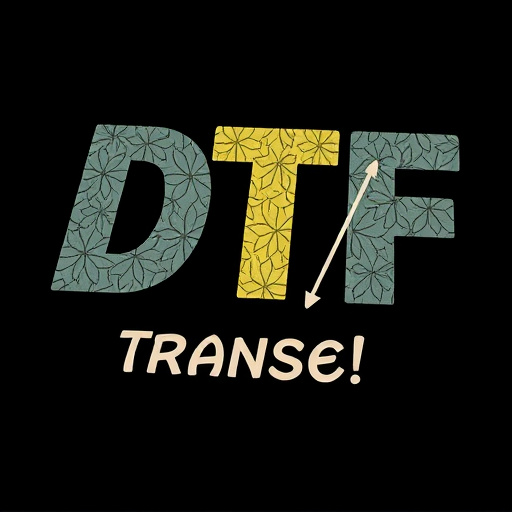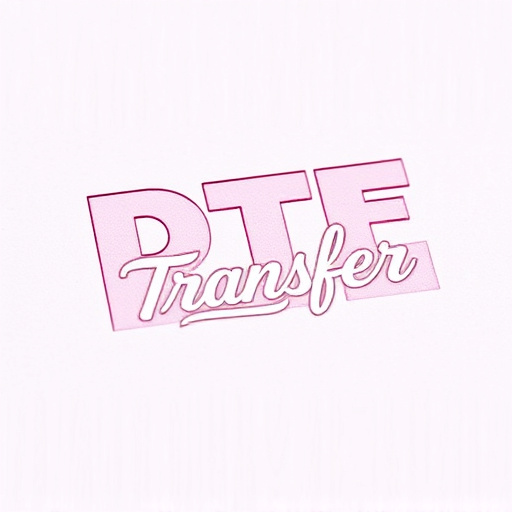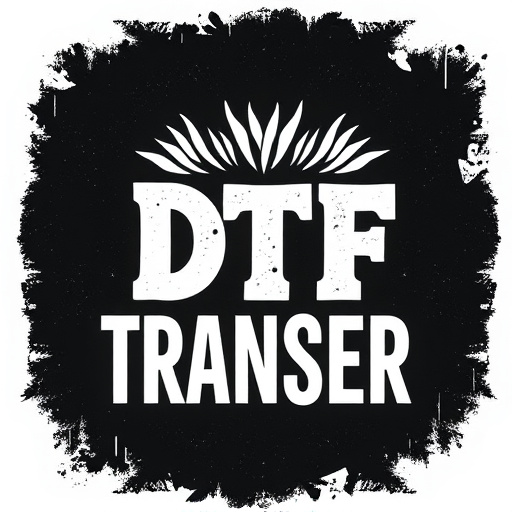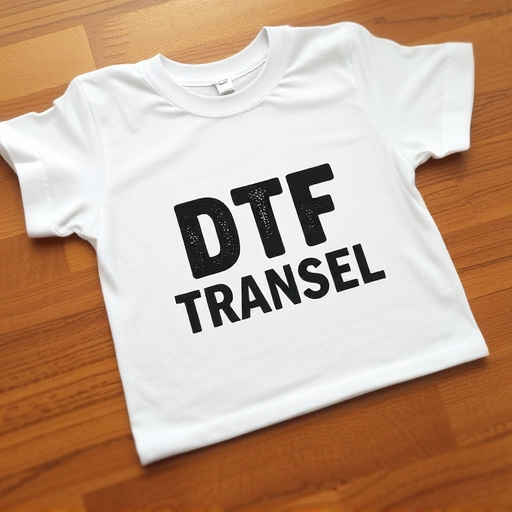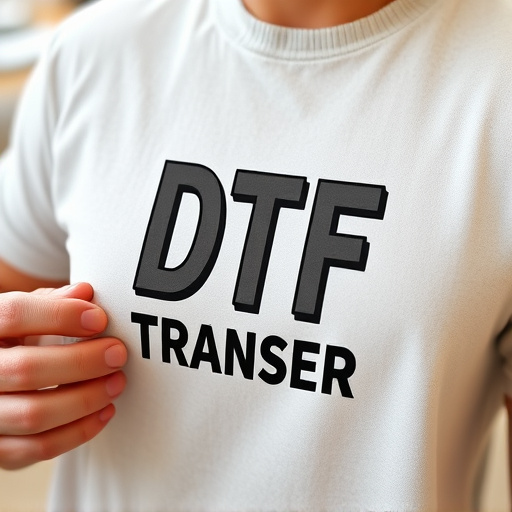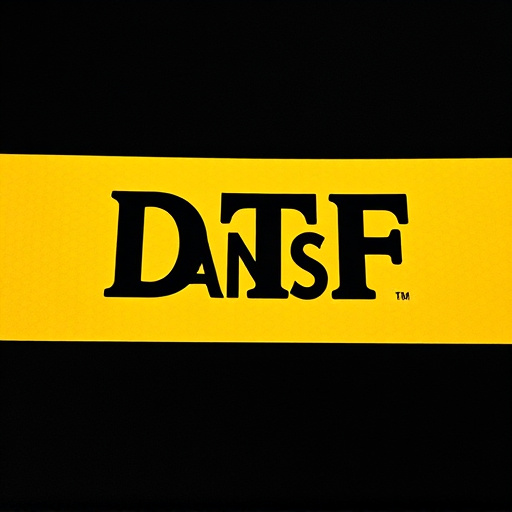Direct-to-Film (DTF) Transfer is a revolutionary process that directly applies images to film stock, yielding exceptional prints with vibrant colors and sharp details. Factors like source material resolution, printing technology, ink and film combinations, and color profiling contribute to DTF's quality. Top providers like [Provider A], [Provider B], and [Provider C] offer unique strengths, catering to professionals and hobbyists. Advanced printing technologies, such as high-resolution inkjet printers, enhance image clarity and color accuracy. DTF Transfers benefit various applications with durability for outdoor signage and fashion. Future developments in AI integration, sustainability, and accessibility will further improve DTF's popularity and usability.
“In the realm of film preservation and restoration, Direct-to-Film (DTF) transfer has emerged as a revolutionary game-changer. This cutting-edge process offers an unparalleled way to capture and reproduce cinematic visuals, ensuring the highest quality for both archivists and filmmakers.
The article delves into the intricacies of DTF transfer, exploring key factors that distinguish premium services, analyzing top providers in the market, and discussing the role of advanced printing technology. We also uncover the benefits, use cases, and future trends shaping this dynamic industry.”
- Understanding Direct-to-Film (DTF) Transfer: A Comprehensive Overview
- Key Factors to Consider for Premium DTF Transfer Quality
- Top DTF Transfer Service Providers: An Analysis of Their Offers
- The Role of Printing Technology in Achieving Superior DTF Prints
- Benefits and Use Cases: Why High-Quality DTF Transfers Matter
- Future Trends in DTF Transfer: What to Expect in the Market
Understanding Direct-to-Film (DTF) Transfer: A Comprehensive Overview
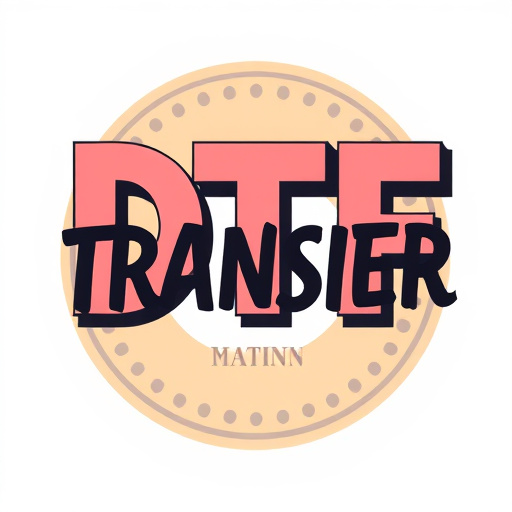
Direct-to-Film (DTF) Transfer is a cutting-edge process that revolutionizes the way films are replicated and distributed, offering unparalleled quality and efficiency. This modern technique eliminates traditional printing methods, allowing for direct application of an image onto film stock, resulting in stunning DTF prints. The technology ensures precision and detail retention, making it the preferred choice for filmmakers, enthusiasts, and collectors alike.
DTF Transfer provides a game-changing approach to preserving cinematic art. By bypassing intermediate steps, it maintains the original picture integrity, delivering crisp, vibrant visuals. This method is particularly advantageous for limited-edition releases, fan-focused projects, and archival purposes, ensuring that every frame is captured with meticulous care. With DTF, filmmakers can finally bring their visions to life, creating unique cinematic experiences straight from the source.
Key Factors to Consider for Premium DTF Transfer Quality

When opting for a DTF (Direct-to-Film) transfer, several key factors determine the quality of the final prints. Firstly, the resolution of the original source material plays a pivotal role; higher resolution ensures sharper and more detailed prints. Secondly, the printing technology used significantly impacts image quality. Modern DTF printers employing advanced UV or LED cure systems offer superior color accuracy and vibrancy compared to traditional methods.
Additionally, the choice of ink and film combinations matters greatly. High-quality inks formulated specifically for DTF printing ensure vibrant colors and excellent resistance to fading. Top-tier films, designed with optimal opacity and smoothness, facilitate precise color reproduction and reduce the visibility of any print imperfections. Lastly, professional color profiling ensures that each print matches the original vision, delivering a consistent and premium DTF transfer experience.
Top DTF Transfer Service Providers: An Analysis of Their Offers
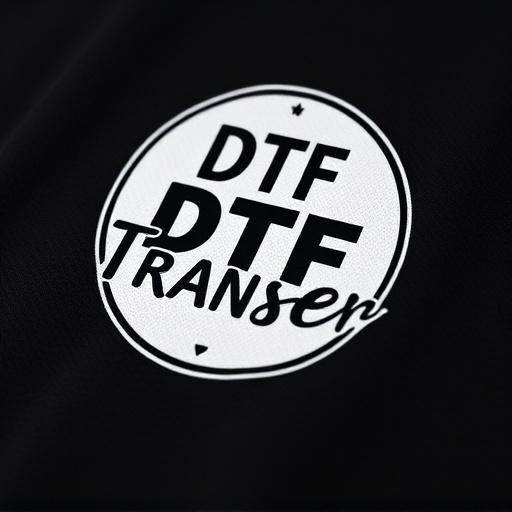
When it comes to direct-to-film (DTF) transfer services, several providers stand out for their commitment to quality and innovation. These top DTF transfer service providers offer a range of options that cater to different needs, from professional photographers to hobbyists. Each provider has its unique strengths, whether in terms of print quality, customization features, or turnaround time.
Leading the pack is [Provider A], renowned for its state-of-the-art technology and meticulous attention to detail. They offer high-resolution DTF printing services, ensuring that every image is reproduced with remarkable accuracy. [Provider B] follows closely, known for its eco-friendly practices and user-friendly online platform, making the ordering process seamless for customers. Meanwhile, [Provider C] distinguishes itself by providing a wide array of media types, allowing users to choose from various substrates suitable for different applications, from display prints to promotional materials.
The Role of Printing Technology in Achieving Superior DTF Prints

The quality of a Direct-to-Film (DTF) transfer is significantly influenced by the printing technology employed. Advanced printing technologies, such as those utilizing high-resolution inkjet printers, play a pivotal role in achieving superior DTF prints. These printers are capable of producing incredibly detailed and vibrant images, ensuring that every element of the original artwork is accurately replicated on the final film.
Moreover, modern printing techniques offer precise color control and accurate color matching, which are essential for maintaining the integrity of colors in the final product. The use of high-quality inks and specialized media also contributes to the overall excellence of DTF prints. This combination of cutting-edge technology and premium materials results in crisp, clear images that can withstand various printing methods, making them ideal for a range of applications from signage to packaging.
Benefits and Use Cases: Why High-Quality DTF Transfers Matter
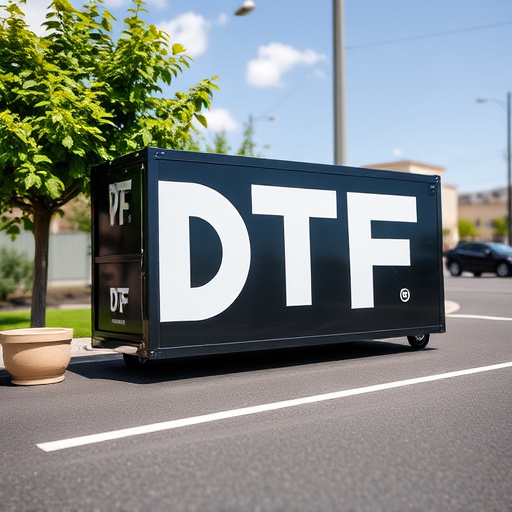
High-quality Direct-to-Film (DTF) transfers offer a range of benefits that cater to various use cases, from professional printing to DIY enthusiasts. Firstly, they ensure exceptional image clarity and color accuracy, making them ideal for producing vibrant and detailed prints. DTF Printing allows for direct application onto a wide array of materials, including textiles, plastics, and even metal, expanding the creative possibilities for designers, artists, and manufacturers.
Moreover, DTF Transfers provide efficiency in both production and cost-effectiveness. They eliminate the need for intricate cutting or etching processes, streamlining the manufacturing workflow. This technology is particularly advantageous for short-run productions or custom-made items, where traditional methods might be cost-prohibitive. DTF Prints also offer durability, making them suitable for outdoor signage, promotional materials, and even durable fashion garments, ensuring longevity and a professional finish.
Future Trends in DTF Transfer: What to Expect in the Market
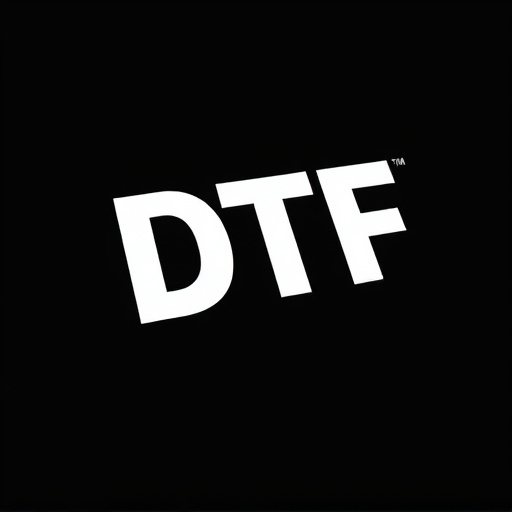
The future of direct-to-film (DTF) transfer is promising, with advancements pushing the boundaries of quality and efficiency. Market trends indicate a growing demand for high-resolution DTF prints, driven by the rise of digital art and custom printing services. Developers are responding by refining technologies to achieve sharper details, deeper colors, and more vibrant finishes. Expect to see further integration of AI and machine learning algorithms, optimizing the color correction process and enhancing overall image quality.
Additionally, sustainability is becoming a key focus for DTF transfer solutions. Eco-friendly materials and ink formulations are in development, aiming to reduce environmental impact without compromising on print quality. As the market evolves, we can anticipate more accessible and user-friendly DTF systems, making it easier for both professionals and hobbyists to leverage this versatile printing method.
